Photos of the 2017 NFL Combine participants.

WR Rodney Adams, South Florida

S Jamal Adams, LSU

DT Montravius Adams, Auburn

WR Quincy Adeboyejo, Mississippi

DB Brian Allen, Utah

DE Jonathan Allen, Alabama

OLB Ryan Anderson, Alabama

LB Alex Anzalone, Florida

OG Isaac Asiata, Utah

CB Chidobe Awuzie, Colorado

S Budda Baker, Washngton

P Toby Baker, Arkansas
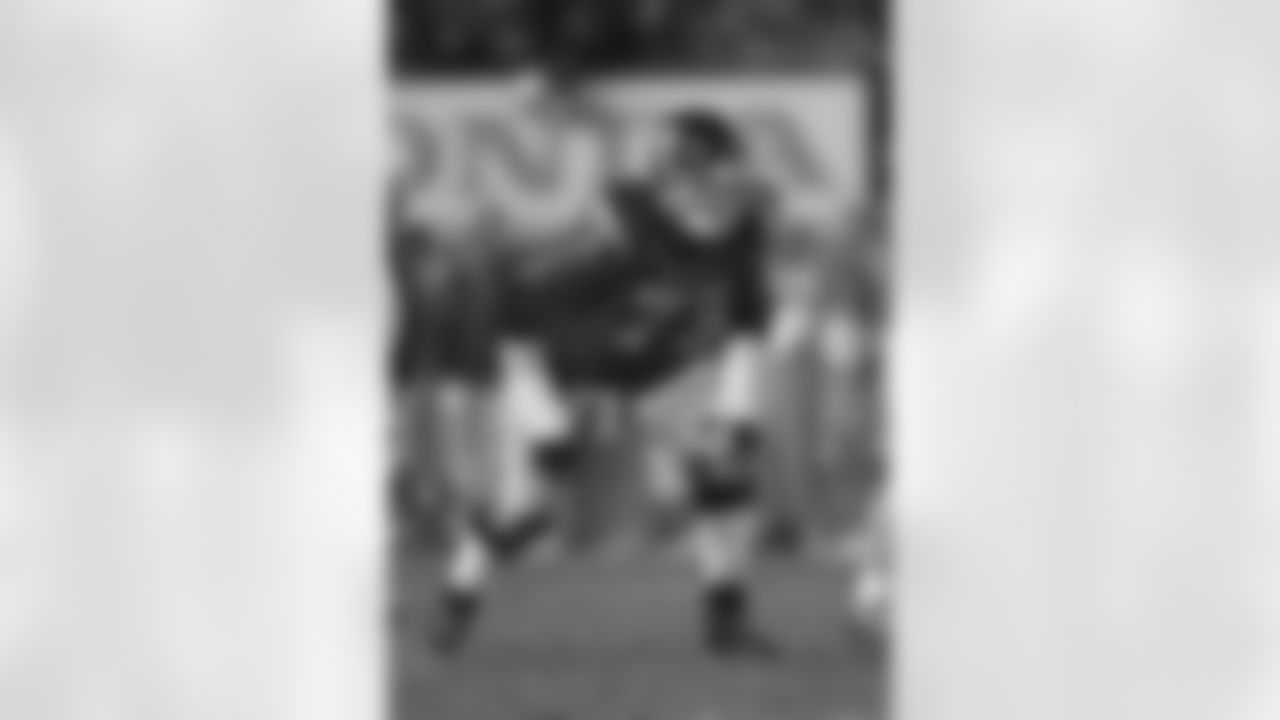
OT Zach Banner, USC

DE Derek Barnett, Tennessee

DE Tarell Basham, Ohio

QB C.J. Beathard, Iowa

ILB Kendell Beckwith, LSU

OLB Vince Biegel, Wisconsin

OT Adam Binsnowaty, Pittsburgh

WR Victor Bolden, Oregon St.
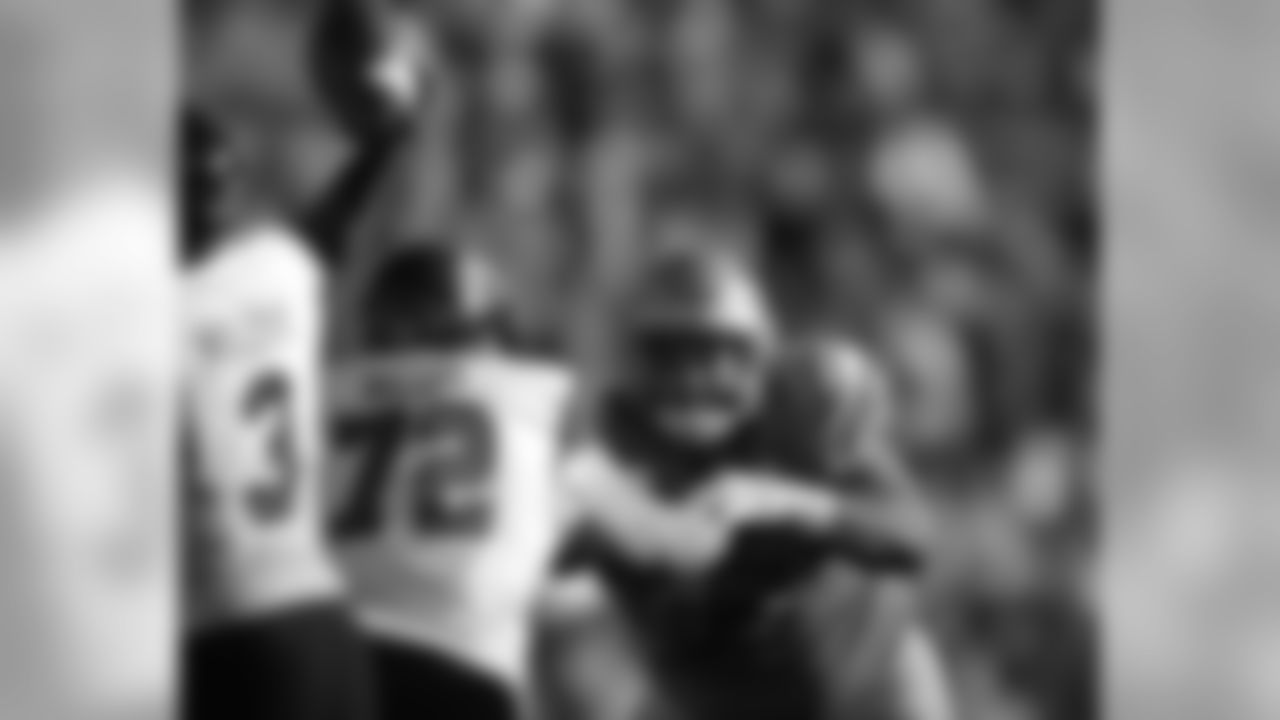
OT Garett Bolles, Utah

ILb Ben Boulware, Clemson

WR Kendrick Bourne, Eastern Washington

DE Tashawn Bower, LSU

LB Tyus Bowser, Houston

OG Ben Braden, Michigan

DT Caleb Brantley, Florida

LB Blair Brown, Ohio

DE Fadol Brown, Mississippi

LB Jayon Brown, UCLA

WR Noah Brown, Ohio St.

TE Pharaoh Brown, Oregon

OT Daniel Brunskill, San Diego St.
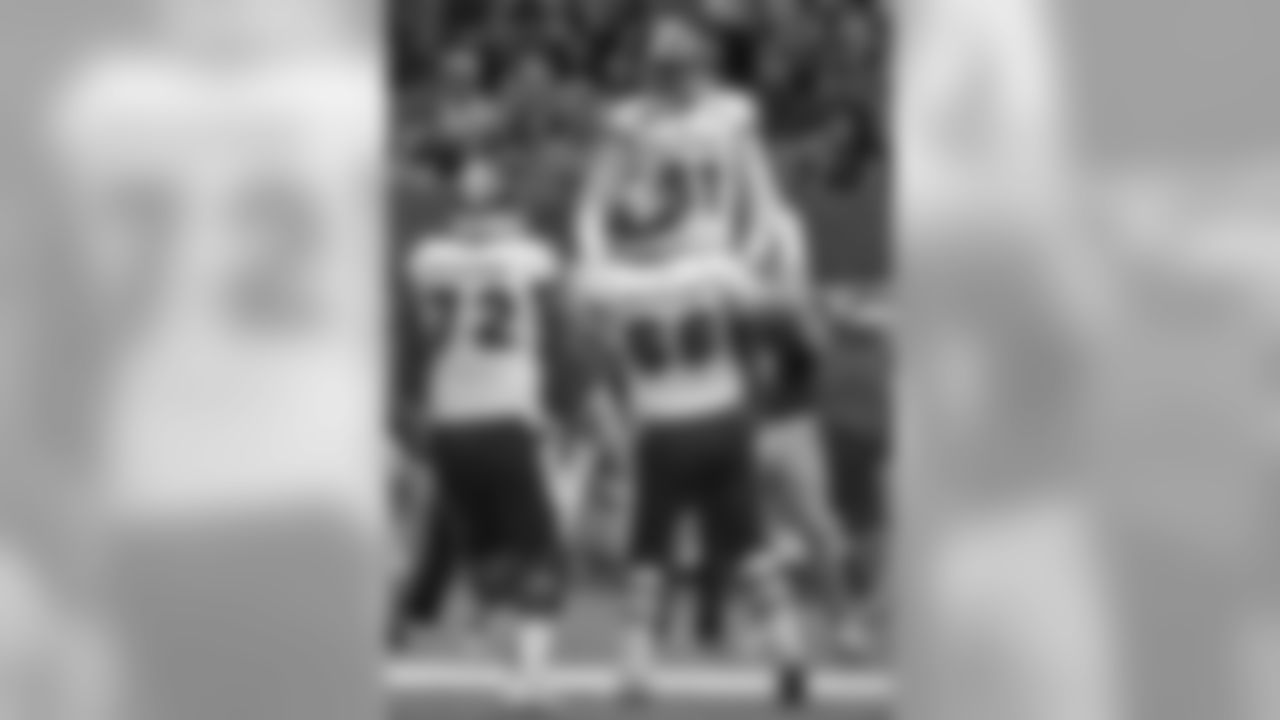
OL Collin Buchanan, Miami(OH)

LB Riley Bullough, Michigan St.

K Harrison Butker, Georgia Tech

TE Jake Butt, Michigan

WR KD Cannon, Baylor

DE Josh Carraway, TCU

TE Cethan Carter, Nebraska

S Jamal Carter, Miami

DE Taco Charlton, Michigan

WR Jehu Chesson, Michigan

DB Chuck Clark, Virginia Tech

CB Jeremy Clark, Michigan

RB Corey Clement, Wisconsin

DT Chunky Clements, Illinois

RB Tarik Cohen, North Caarolina A&T

WR Stacey Coley, Miami

OT Aviante Collins, TCU

CB Gareon Conley, Ohio St.

RB James Conner, Pittsburgh

RB Davin Cook, Florida St.

DE Bryan Cox, Jr., Florida

LB Zach Cunningham, Vanderbilt

TE Darrell Daniels, Washington
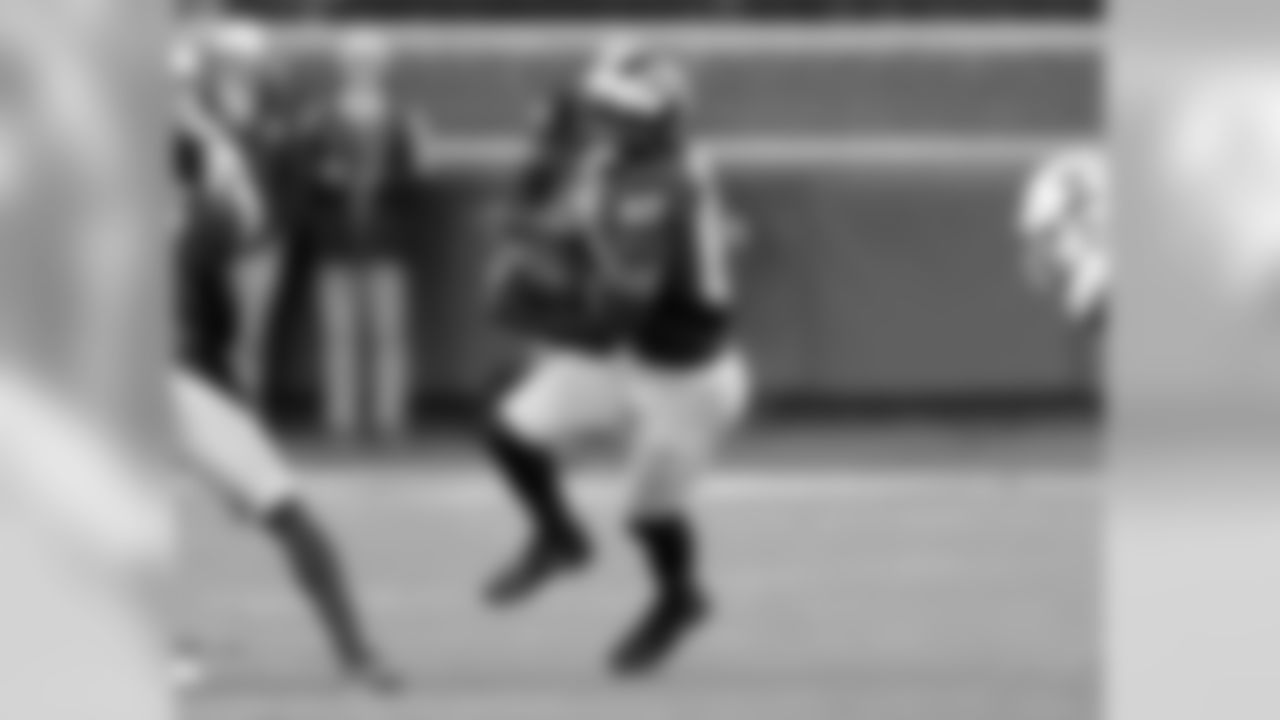
WR Amara Darboh, Michigan

OT Julie'n Davenport, Bucknell

WR Corey Davis, Western Michigan

LB Jarrad Davis, Florida

RB Justn Davis, USC

DE Keionta Davis, Tennessee-Chattanooga

LB Kevin Davis, Colorado St.

WR Robert Davis, Georgia State

OG Dion Dawkins, Temple

RB Matt Dayes, N.C.State

CB Treston Decoud, Oregon St.

C J.J. Dielman, Utah

QB Josh Dobbs, Tennessee

DL Dylan Donahue, West Georgia

CB Rasul Douglas, West Virginia

G Jessamen Dunker, Tennessee St.

WR Malachi Dupri, LSU

WR Travin Dural, LSU

DL Ken Ekanem, Virginia Tech

CB Corn Elder, Miami

C Pat Elflein, Ohio St.

K Jake Eliiott, Memphis

ILB Brooks Ellis, Arkansas
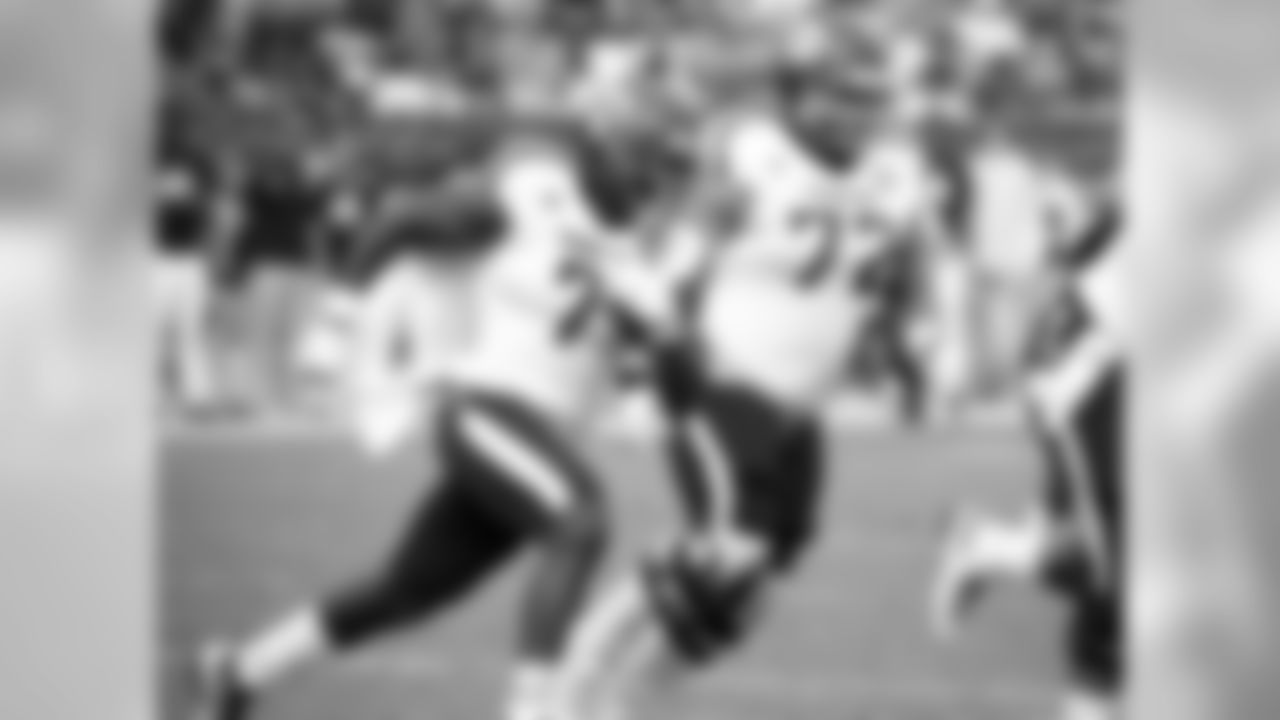
OL Jermaine Eluemunor, Texas A&M

TE Evan Engram, Mississippi

WR Amba Etta-Tawo, Syracuse

QB Jerod Evans, Virginia Tech

S Justin Evans, Texas A&M

TE Gerald Everett, South Alabama

OG Dan Feeny, Indiana

OLB Devonte' Fields, Louisville

WR Isaiah Ford, Virginia Tech

RB D'Onta Foreman, Texas

LB Reuben Foster, Alabama

RB Leonard Fournette, LSU

C Kyle Fuller, Baylor

RB Wayne Gallman, Clemson

OT Anotonio Garcia, Troy

DE Myles Garrett, Texas A&M

ILB Be Gedeon, Michigan

OT Avery Gennesy, Texas A&M

S Nate Gerry, Nebraska

WR Shelton Gibson, West Virginia

DT Ryan Glasgow, Michigan

DT Davon Godchaux, LSU

WR Chris Godwin, Penn St.

WR Kenny Golladay, Northern Illinois

K Zane Gonzalez, Arizona State

DB Shaquill Griffin, Central Florida

CB Nate Hairston, Temple

DE Daeshon Hall, Texas A&M

WR Chad Hansen, California

OG Sean Harlow, Oregon St.

DE Charles Harris, Missouri

S Josh Harve-Clemons, Louisville

WR Keon Hatcher, Arkansas

WR Carlos Henderson, Louisiana Tech
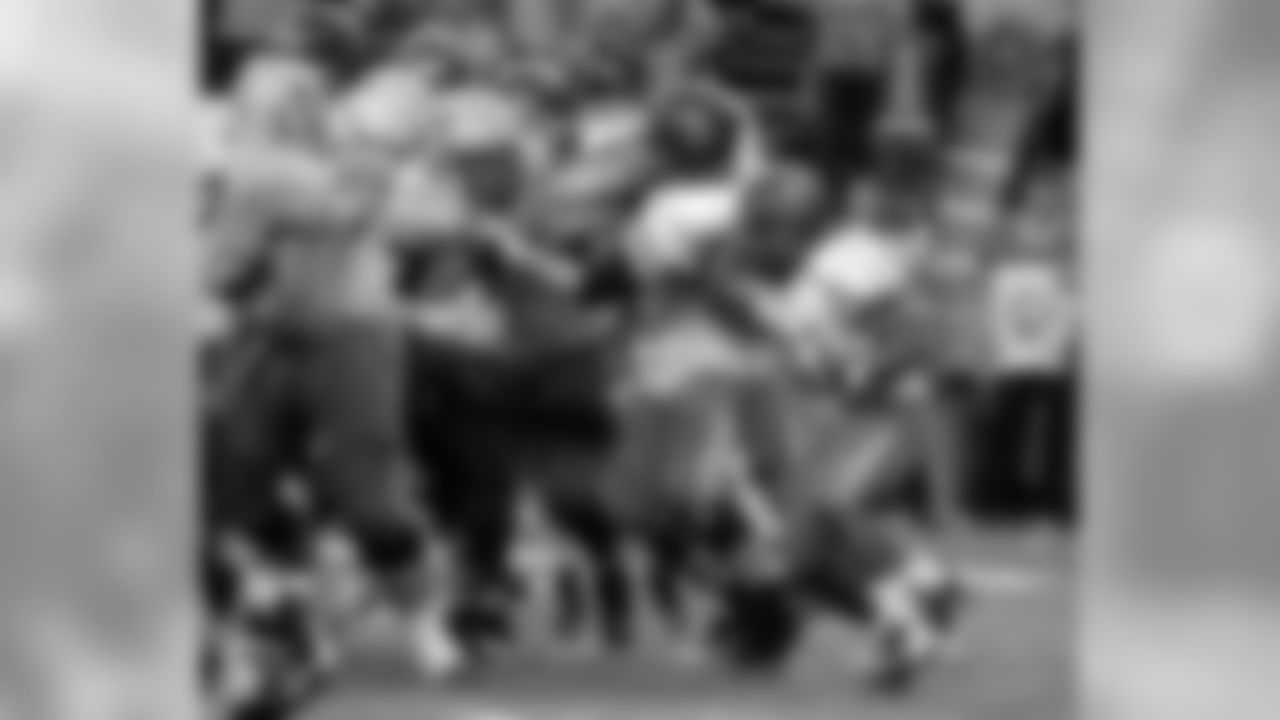
RB De'Angelo Henderson, Coastal Carolina

DE Trey Hemdrickson, Florida Atlantic

DT Treyvon Hester, Toledo

TE Cole Hikutini, Louisville

RB Brian Hill, Wyoming

SS Delano Hill, Michigan

TE Bucky Hodges, Virginia Tech

WR Krishawn Hogan, Marian (IN)

LS Colin Holba, Louisville

OT Will Holden, Vanderbilt

WR Mack Hollins, North Carolina

RB Elijah Hood, North Carolina

S Malik Hooker, Ohio St.

WR Bug Howard, North Carolina

TE O.J. Howard, Alabama

CB Marlon Humphrey, Alabama

P Hayden Hunt, Colorado St.

RB Kareem Hunt, Toledo

G Danny Isidora, Miami

CB Adoree' Jackson, USC

S Eddie Jackson, Alabama

S Rayshawn Jenkins, Miami

S Lorenzo Jerome, St. Fracncis (PA)

OG Dorian Johnson, Pittsburgh

S Jadar Johnson, Clemson

DT Jaleel Johnson, Iowa

S John Johnson, Boston College

OT Roderick Johnson, Florida St.

P Cameron Johnston, Ohio St.

RB Aaron Jones, Texas-El Paso
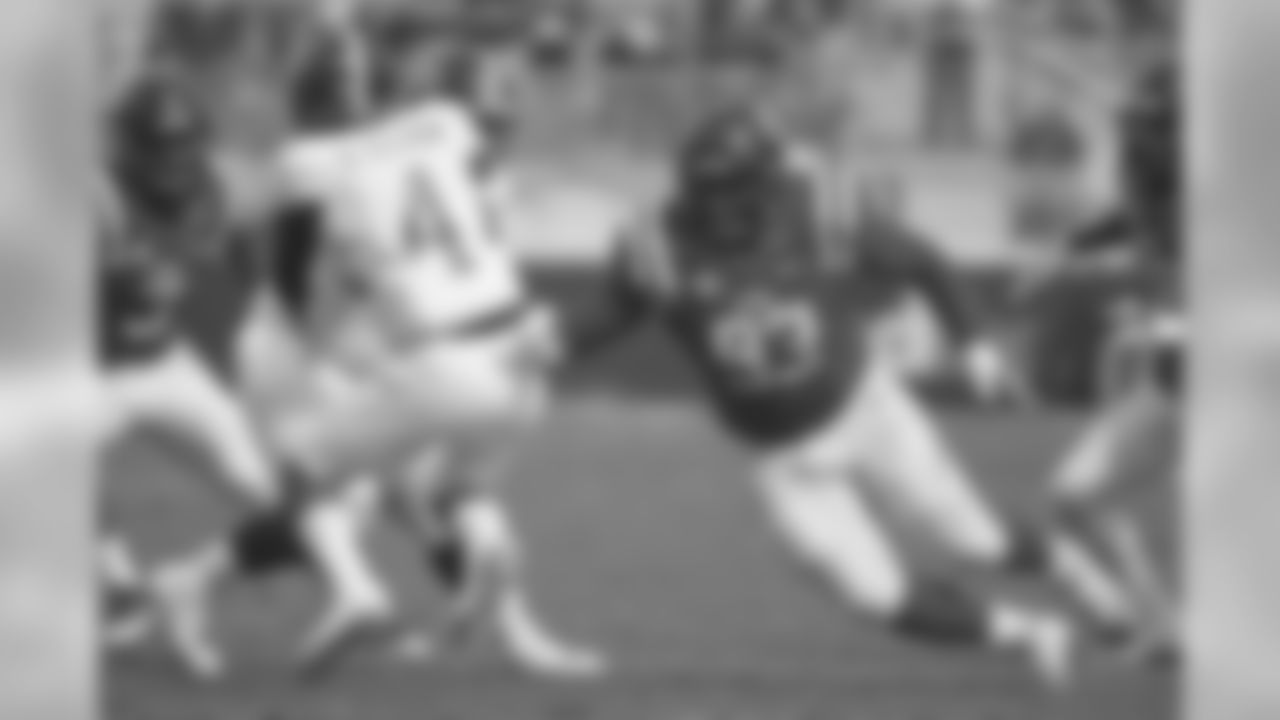
DT D.J. Jones, Mississippi

DT Jarron Jones, Notre Dame
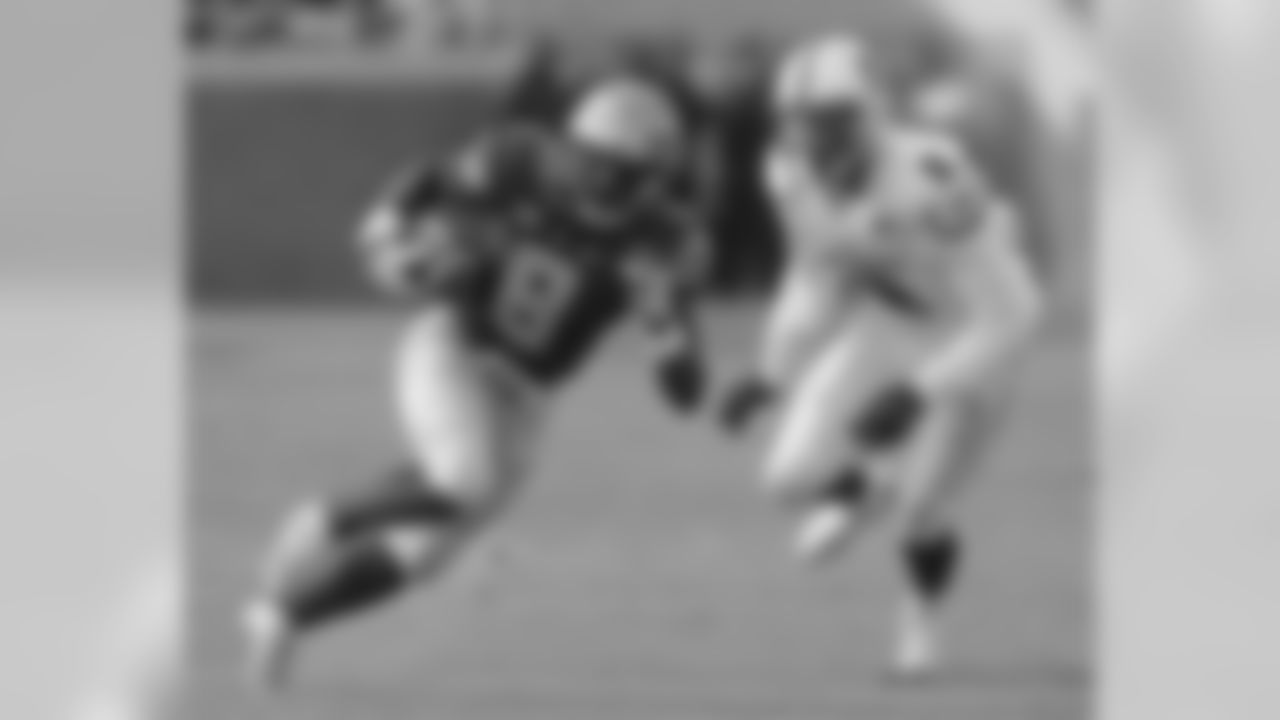
S Josh Jones, N.C. State

DT Nazair Jones, North Carolina

CB Sidney Jones, Washington

WR Zay Jones, East Carolina

QB Brad Kaaya, Miami

RB Alvin Kamara, Tennessee

Cb Damontae Kazee, San Diego St.
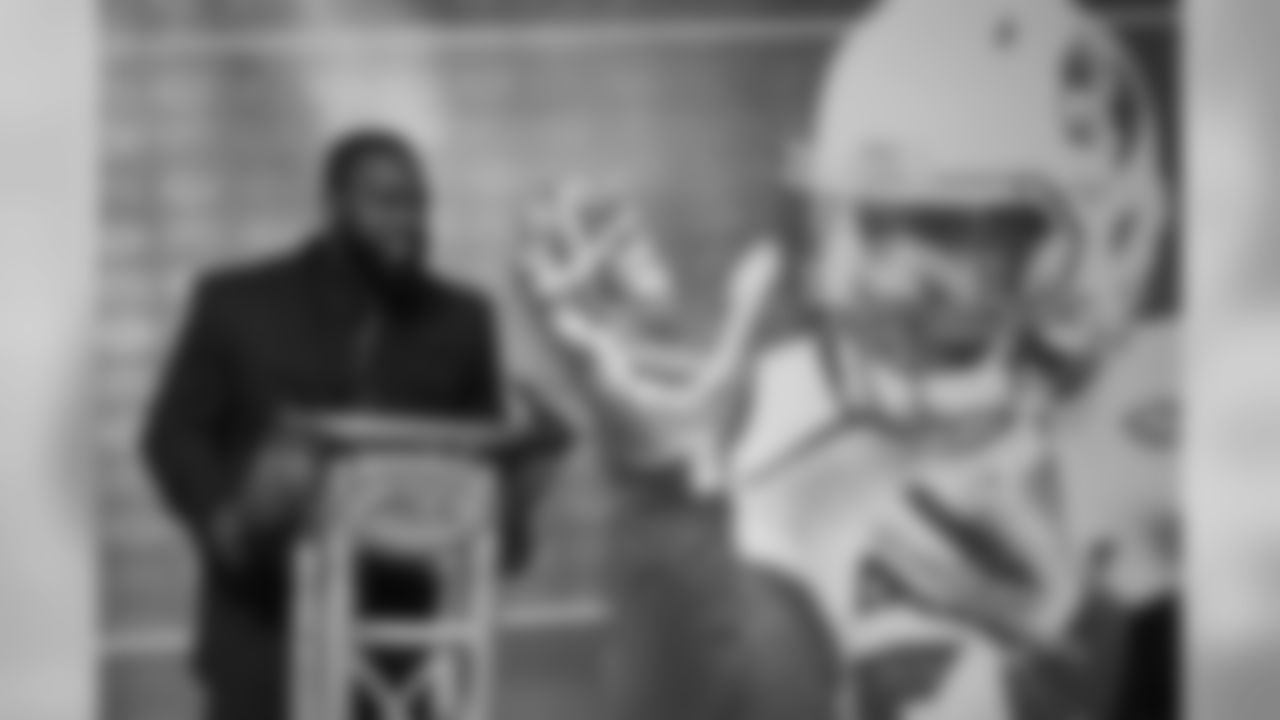
LB Keith Kelsey, Louisville

S Desmond King, Iowa

CB Kevin King, Washington

TE George Kittle, Iowa

QB DeShone Kizer, Notre Dame

QB Trevor Knight, Texas A&M

DE Tano Kpassagnon, Villanova

WR Cooper Kupp, Eastern Washington
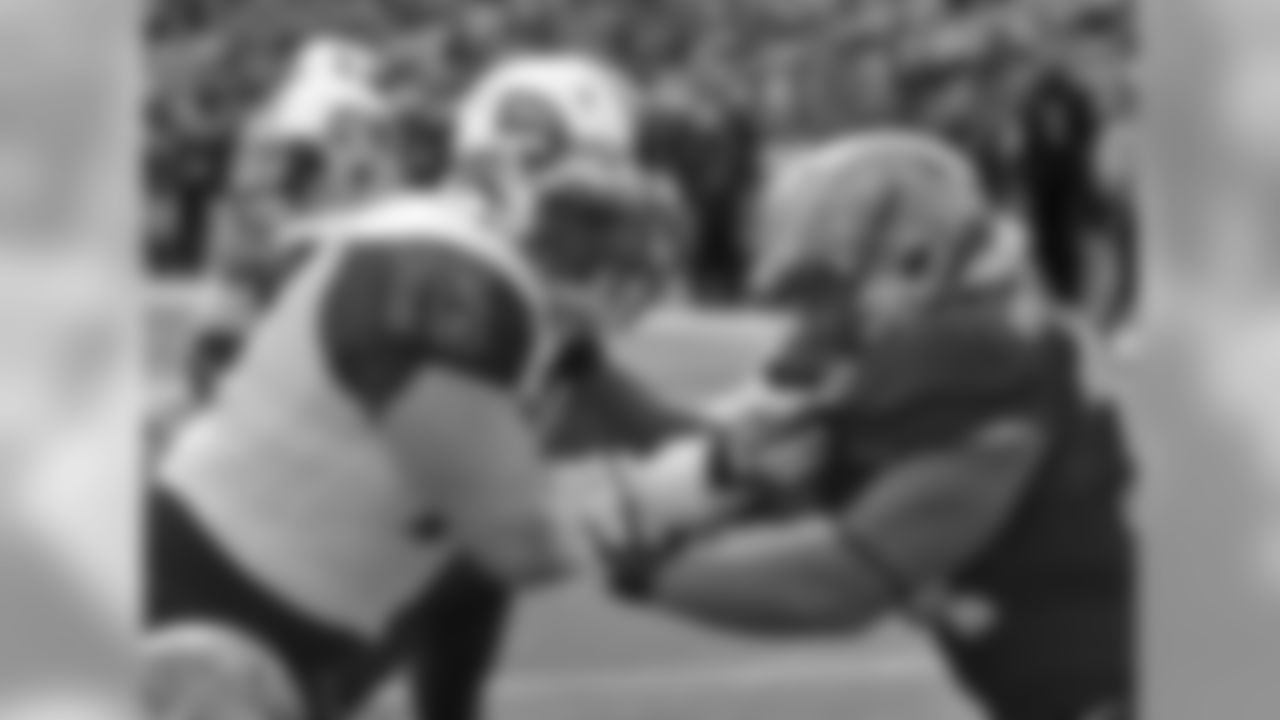
OG Forest Lamp, Western Kentucky

CB Ashton Lampkin, Oklahoma St.

WR Jerome Lane, Akron

DE Harvey Langi, BYU

CB Brendan, Langley, Lamar

Cb Marshon Lattimore, Ohio St.

DE Carl Lawson, Auburn

DE Jeremiah Ledbetter, Arkansas

LB Marquel Lee, Wake Forest

TE Jordan Leggett, Clemson

QB Mitche Leidner, Minnestoa

CB Jourdan Lewis, Michigan

DB William Likely, Maryland

QB Sefo, Liufau, Colorado

RB T.J. Logan, North Carolina

S Shalom Luani, Washington St.

WR Keevan Lucas, Tulsa

RB Marlon Mack, South Florida
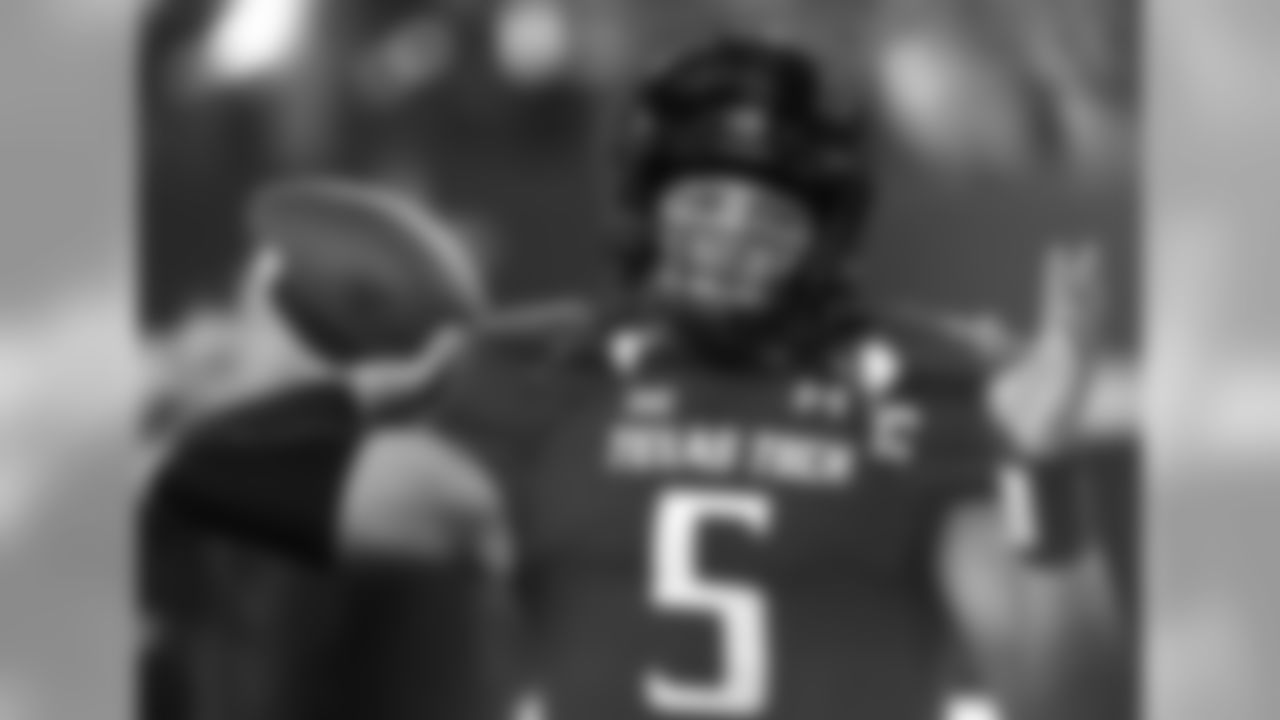
QB Patrick Mahomes, Texas Tech

WR Josh Malone, Tennessee

G Damien Mama, USC

WR Gabe Marks, Washington St.

OLB JoJo Mathis, Washington

S Marcus Maye, Florida
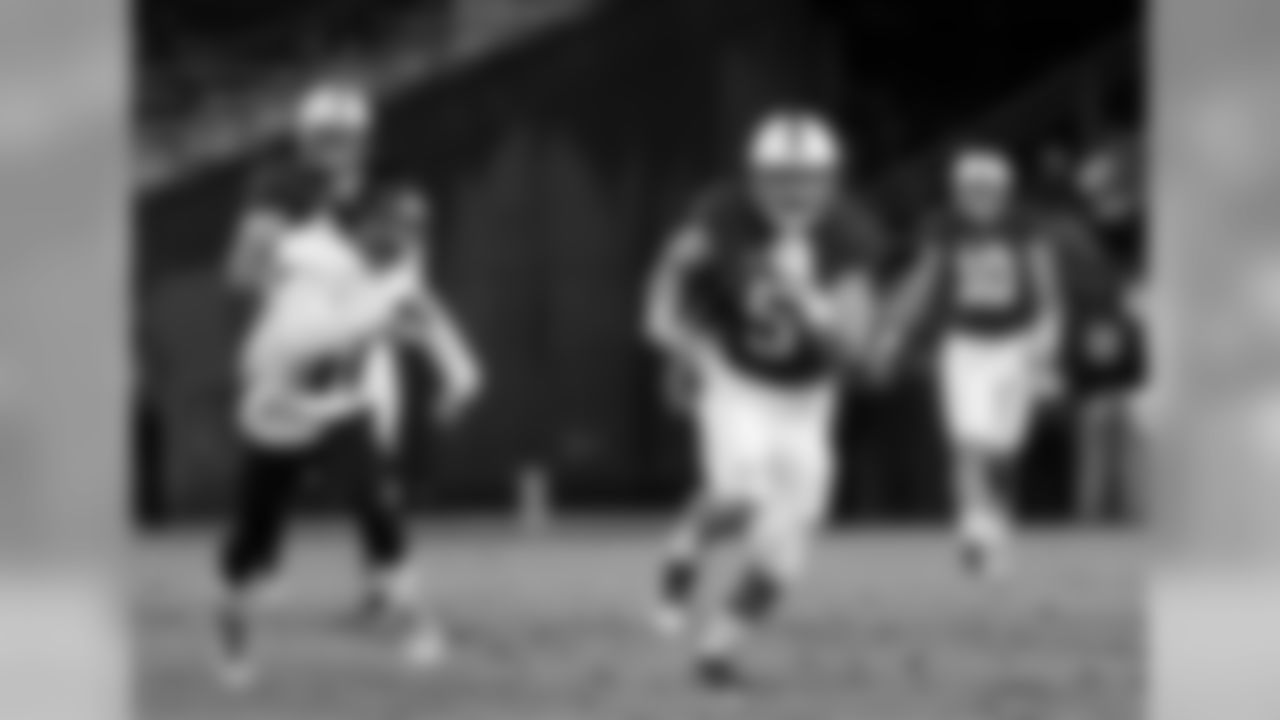
RB Christian McCaffrey, Stanford

OT Conor McDermott, UCLA

DT Malik McDowell, Michigan St.

RB Elijah McGuire,Louisiana-Lafayette

WR Isaiah McKenzie, Georgia
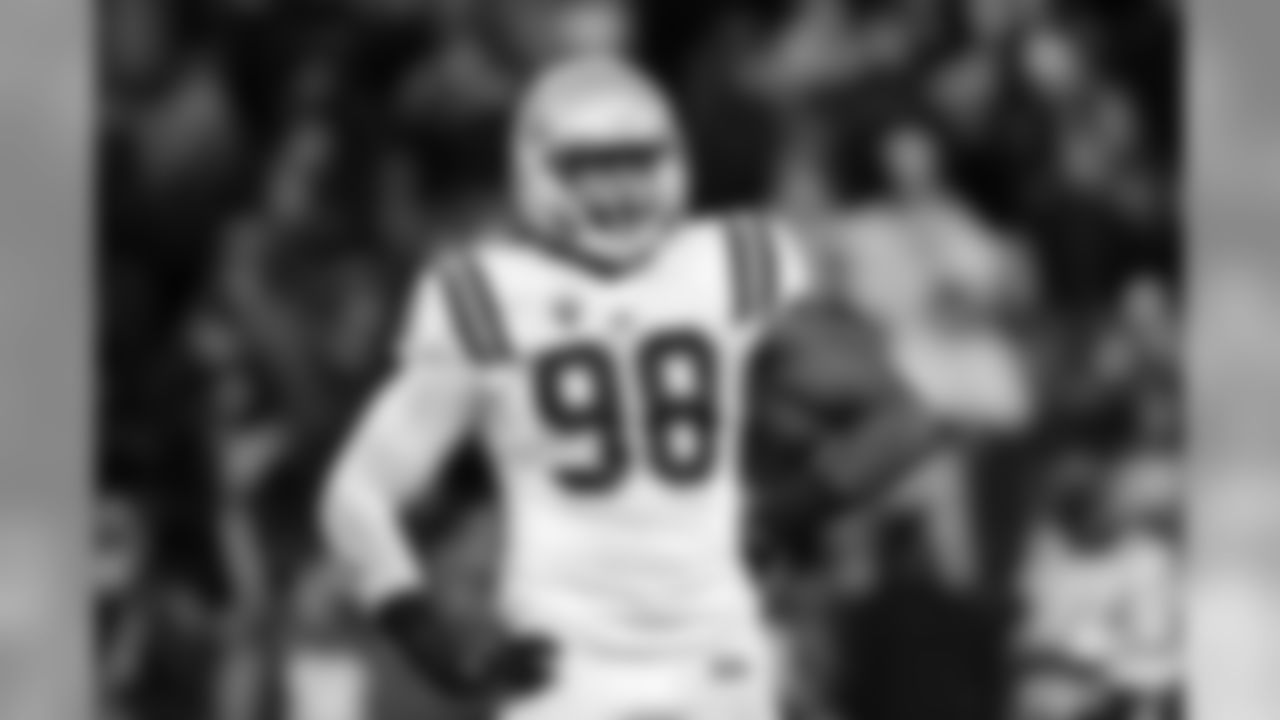
DE Takkarist McKinley, UCLA

LB Raekwon McMillan, Ohio St.

RB Jeremy McNichols, Boise St.

S Obi Melifonwu, Connecticut

OLB Matt Milano, Boston College

CB Fabian Moreau, UCLA

WR Drew Morgan, Arkansas

G Jordan Morgan, Kutztown (PA)
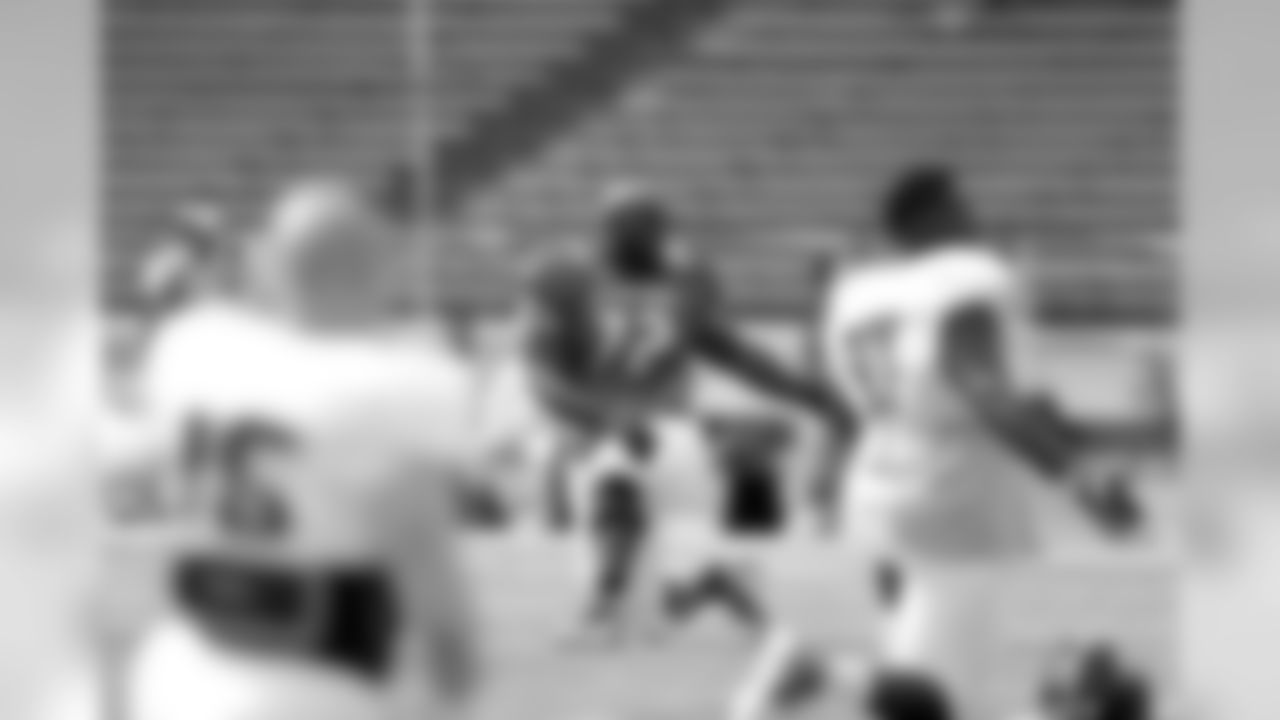
OG Taylor Moton, Western Michigan

DE Al-Quadin Muhammad, Miami

CB Jaylen Myrick, Minnesota

S Montae Nicholson, Michigan St.

LB Hardy Nickerson, Illinois

TE David Njoku, Miami

WR Speedy Noil, Texas A&M

DE Noble Nwachukwu, West Virginia

DL Ifeadi Odenigbo, Northwestern

RB Dare Ogunbowale, Wisconsin

DT Larry Ogunjobi, North Carolina Charlotte

C Tyler Orlosky, West Virginia

TE Scott Orndoff, Pittsburgh

WR Zach Pascal, Old Dominion
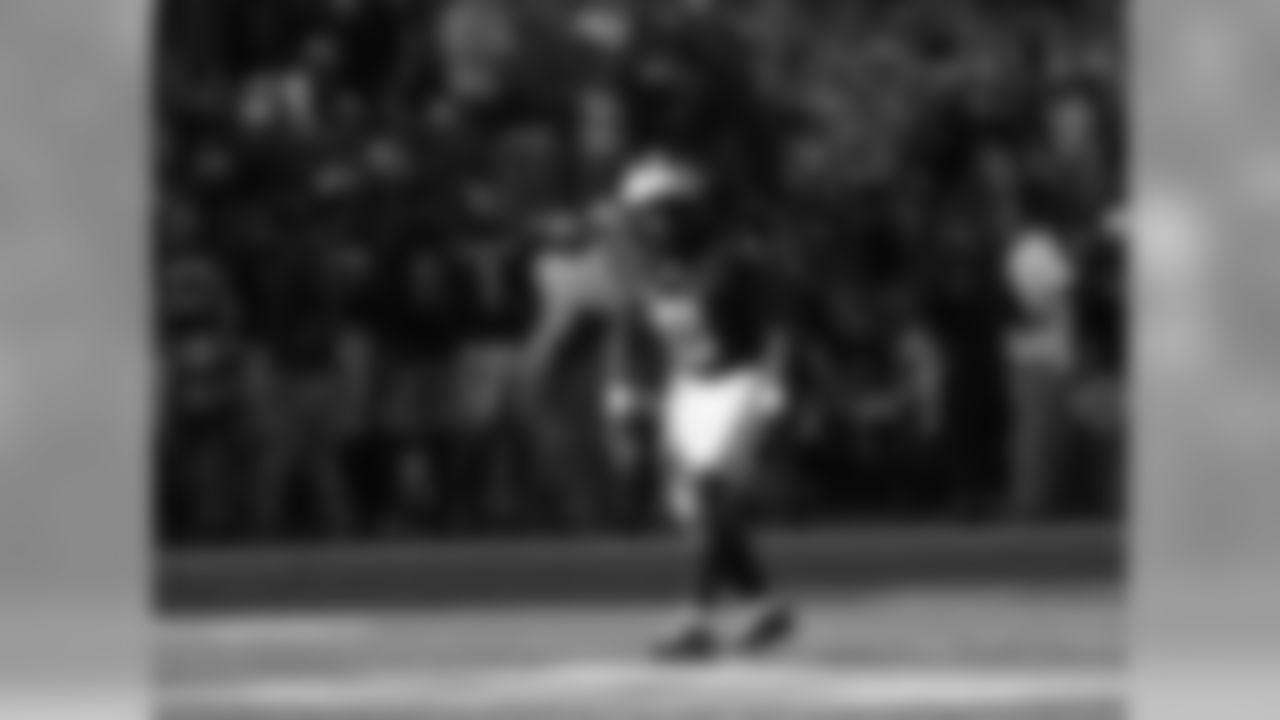
LB Jabrill Pepers, Michigan

RB Samaje Perine, Oklahoma

QB Nathan Peterman, Pittsburgh
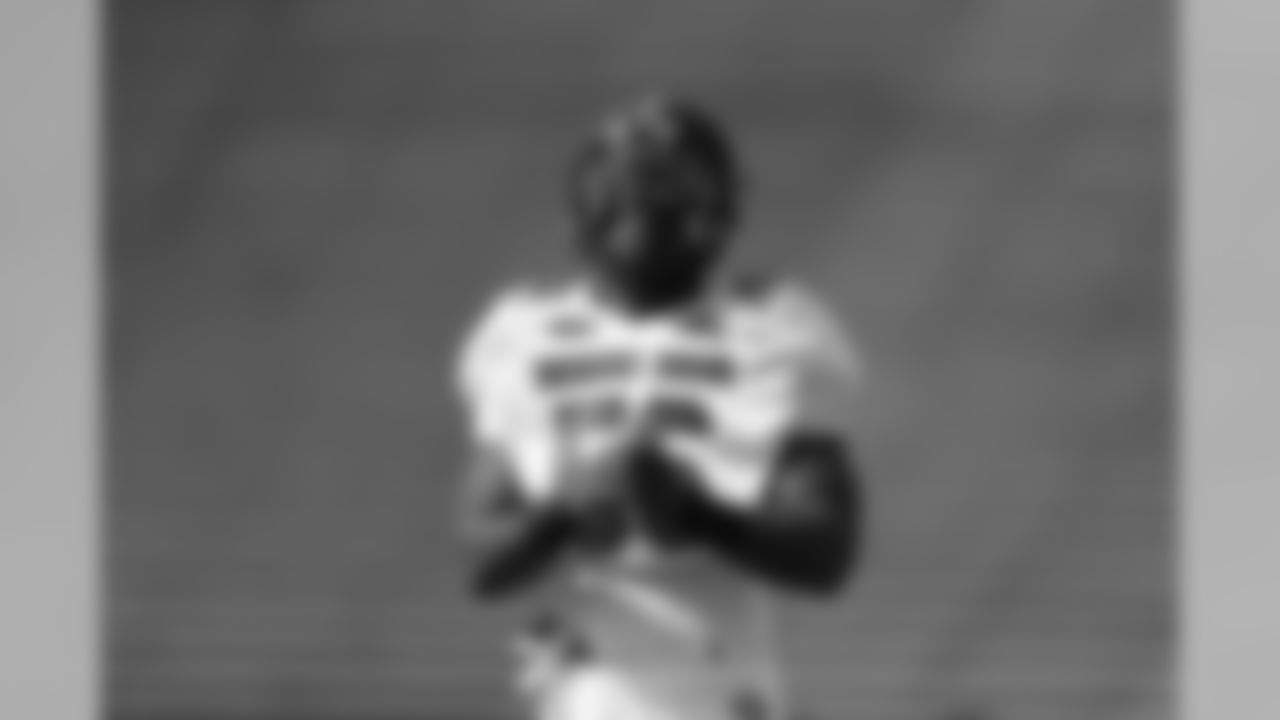
DE Carroll Phillips, Illinois

TE Hayden Plinke, Texas-El Paso

C Ethan Pocic, LSU

DE Ejuan Price, Pittsburgh

RB Donnel Pumphrey, San Diego St.

DT Elijah Qualls, Washington

WR James Quick, Louisville

OT Ryan Ramczyk, Wisconsin

WR Michael Retor, Stanford

DE Haason Reddick, Temple
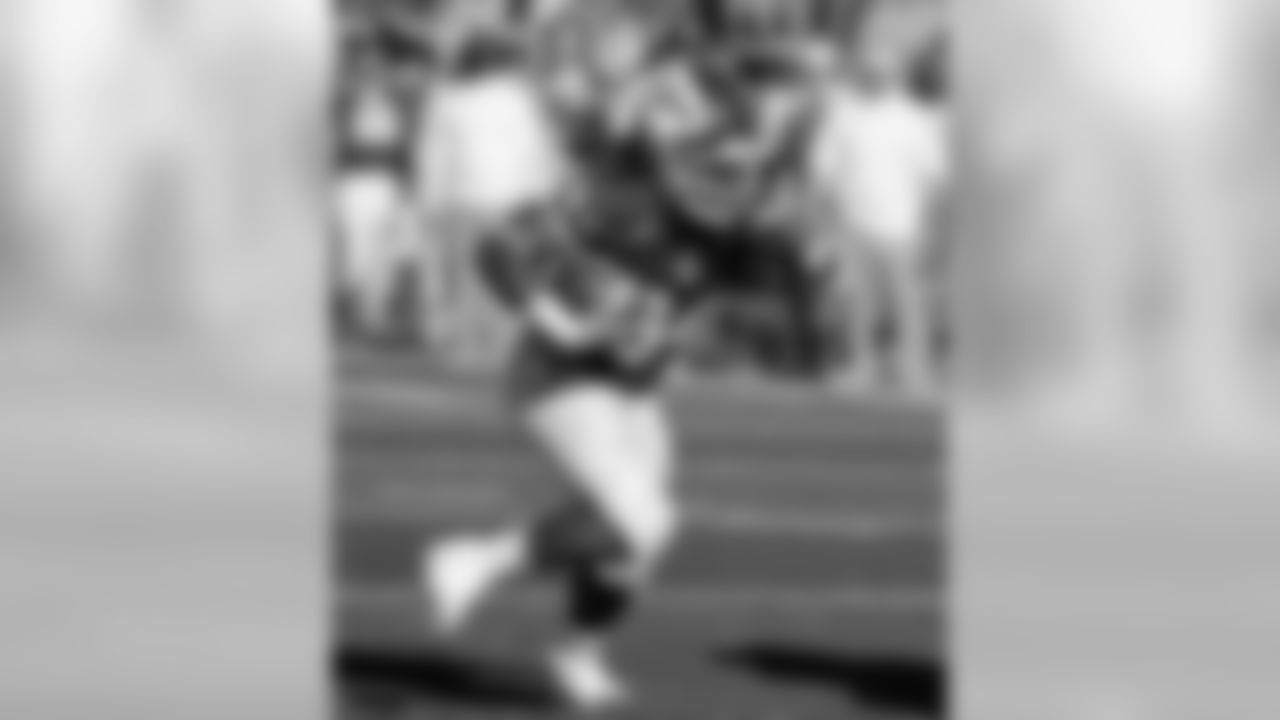
RB Devine Redding, Indiana

LB Jalen Reeves-Maybin, Tennessee

P Austin Rehkow, Idaho

WR Josh Reynolds, Texas A&M

OLB Duke Riley, LSU

DE Derek Rivers, Youngstown St.

TE Michael Roberts, Toledo

WR Jalen Robinette, Air Force

OT Cam Robinson, Alabama

DT Isaac Rochell, Notre Dame

WR Darreus Rogers, USC

FB Sam Rogers, Virginia Tech

WR Fred Ross, Mississippi St.

WR John Ross, Washington

C Chase Roullier, Wyoming

WR Travis Rudolph, Florida St.

QB Cooper Rush, Central Michigan

QB Seth Russell, Baylor

WR Curtis Samuel, Ohio St.

WR Artavis Scott, Clemson

WR Ricky Seals-Jones, Texas A&M

OT Justin Senior, Mississippi St.

OT David Sharpe, Florida

RB Rushel Shell, West Virginia

CB Sojourn Shelton, Wisconsin

DE Garrett Sickels, Penn St.

OG Nico Siragusa, San Diego St.

OT Dan Skipper, Arkansas

DT Tanzel Smart, Tulane

TE Jonnu Smith, Florida International

RB De'Veon Smith, Michigan

WR JuJu Smith-Schuster, USC

TE Jeremy Sprinkle, Arkansas
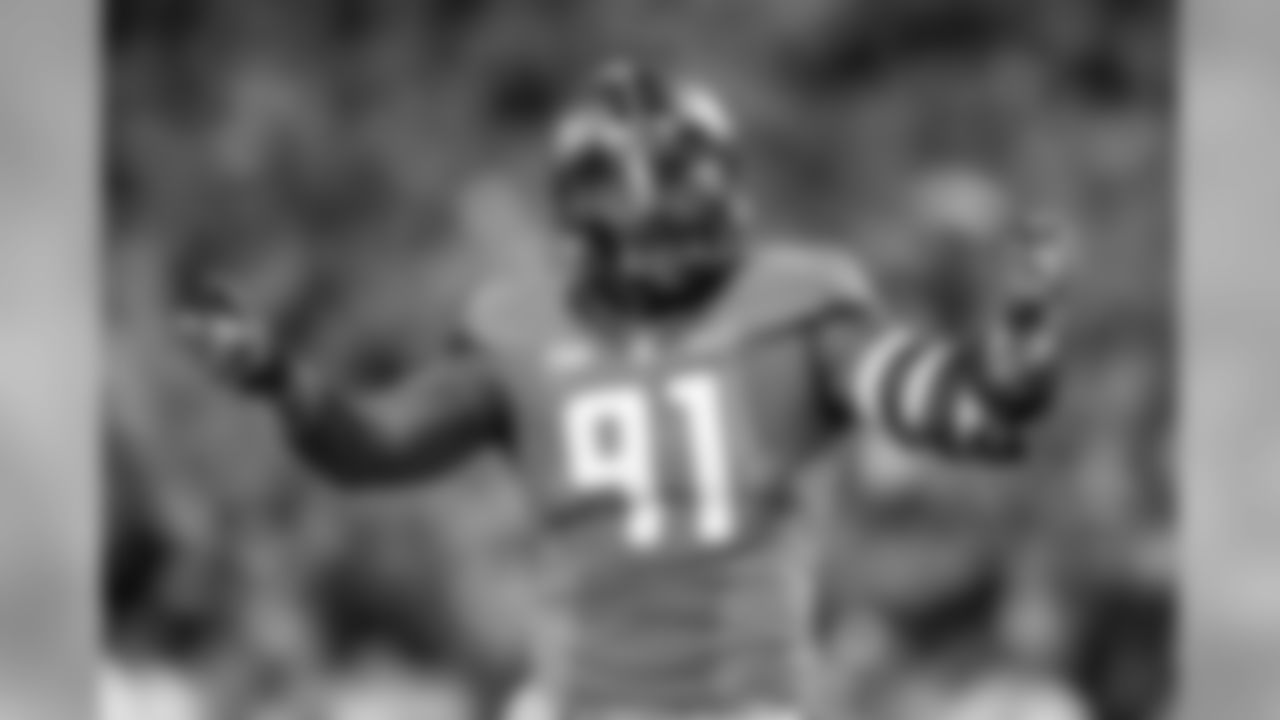
DE Dawuane Smoot, Illinois
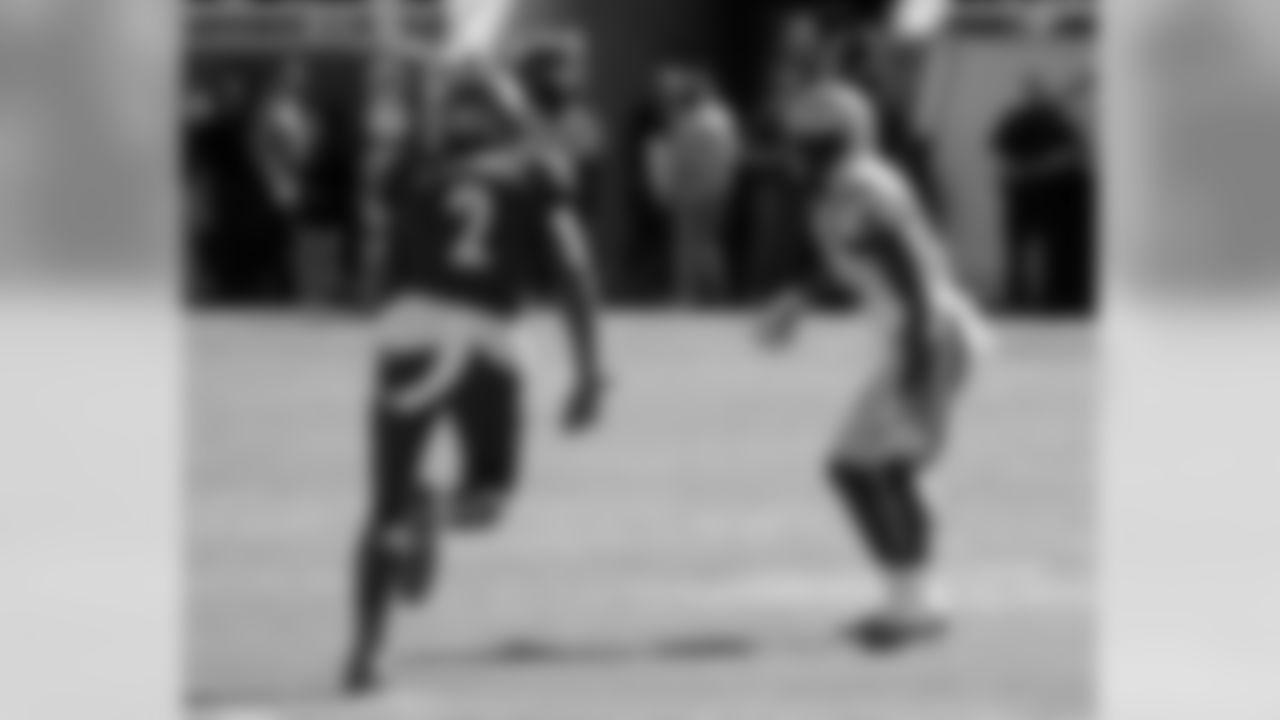
WR Jamari Staples, Louisville

FB Freddie Stevenson, Florida St.

WR ArDarius Stewart, Alabama

CB Channing Stribling, Michigan

CB Cameron Sutton, Tennessee

WR Ryan Switzer, North Carolina

CB Teez Tabor, Florida

DL Pita Taumoepenu, Utah

CB Cordea Tankersley, Clemson
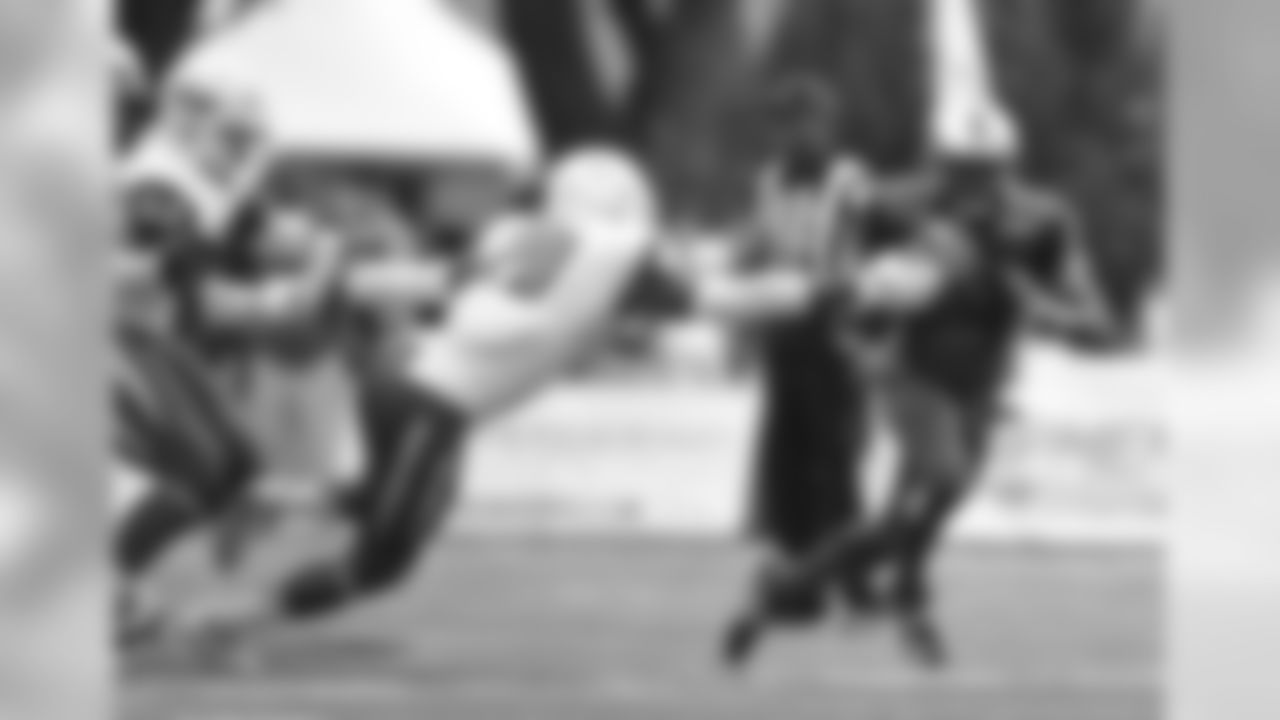
WR Taywan Taylor, Western Kentucky

WR Trent Taylor, Louisiana Tech

DT Vincent Taylor, Oklahoma St.

OT Sam Tevi, Utah

RB Jahad Thomas, Temple

WR Noel Thomas, Connecticut

DE Solomon Thomas, Stanford

FS Tedric Thompson. Colorado

CB Jack Tocho, N.C. State

DT Dalvin Tomlinson, Alabama

C Jon Toth, Kentucky

S Damarius Travis, Minnesota

QB Mitch Trubisky, North Carolina

NT Stevie Tu'ikolovatu, USC

S Michael Tyson, Cincinnati

K Conrad Ukropina, Stanford

LB Tanner Vallejo, Boise St.

DT Eddie Vanderdoes, UCLA

P Justin Vogel, Miami

DT Charles Walker, Oklahoma
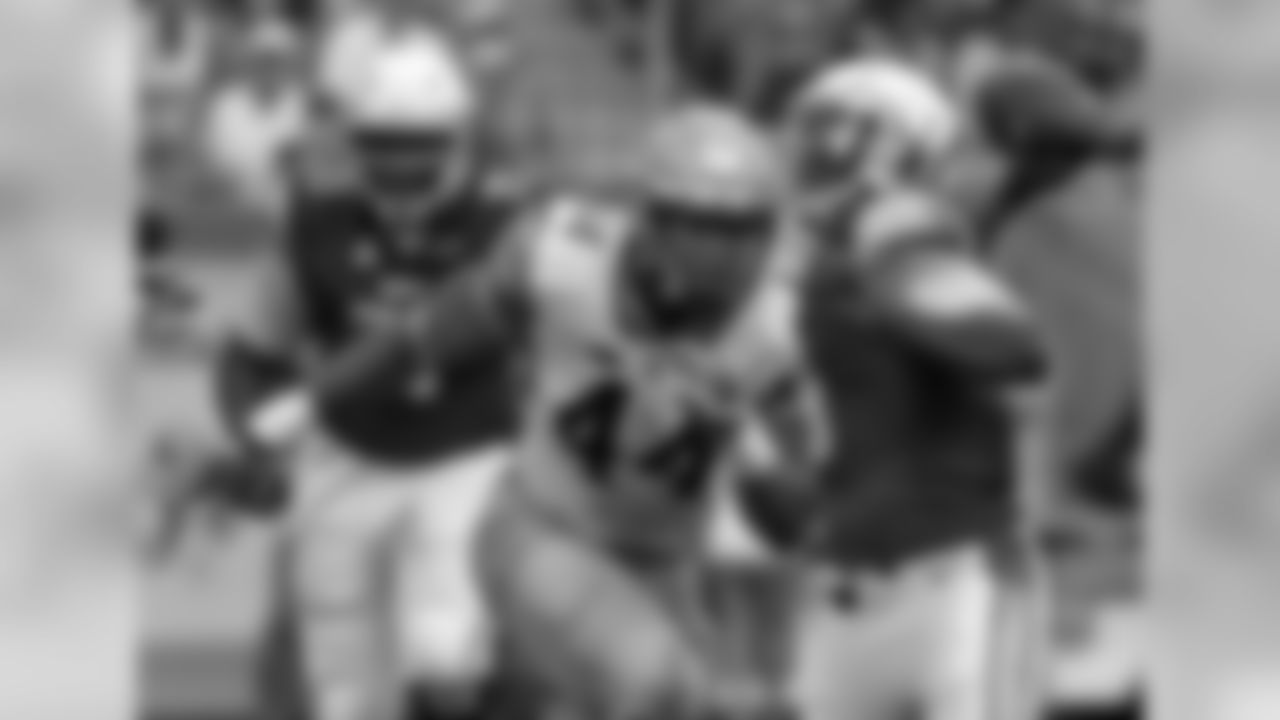
DE Demarcus Walker, Florida St.

LB Anthony Walker, Jr., Northwestern

WR Greg Ward, Jr., Houston

DT Carlos Watkins, Clemson

QB Deshaun Watson, Clemson

LB T.J. Watt, Wisconsin

QB Davis Webb, California

WR Dede Westbrook, Oklahoma

C Chad Wheeler, USC

CB Marquez White, Florida St.

CB Tre'Davious White, LSU

WR Kermit Whitfield, Florida St.

RB Jamaal Williams, BYU

RB Joe Williams, Utah

S Marcus Williams, Utah

WR Mike Williams, Clemson

RB Stanley Williams, Kentucky

DE Tim Williams, Alabama

DE Jordan Willis, Kansas St.

CB Howard Wilson, Houston

CB Quincy Wilson, Florida

DE Deatrich Wise, Arkansas

CB Ahkello Witherspoon, Colorado
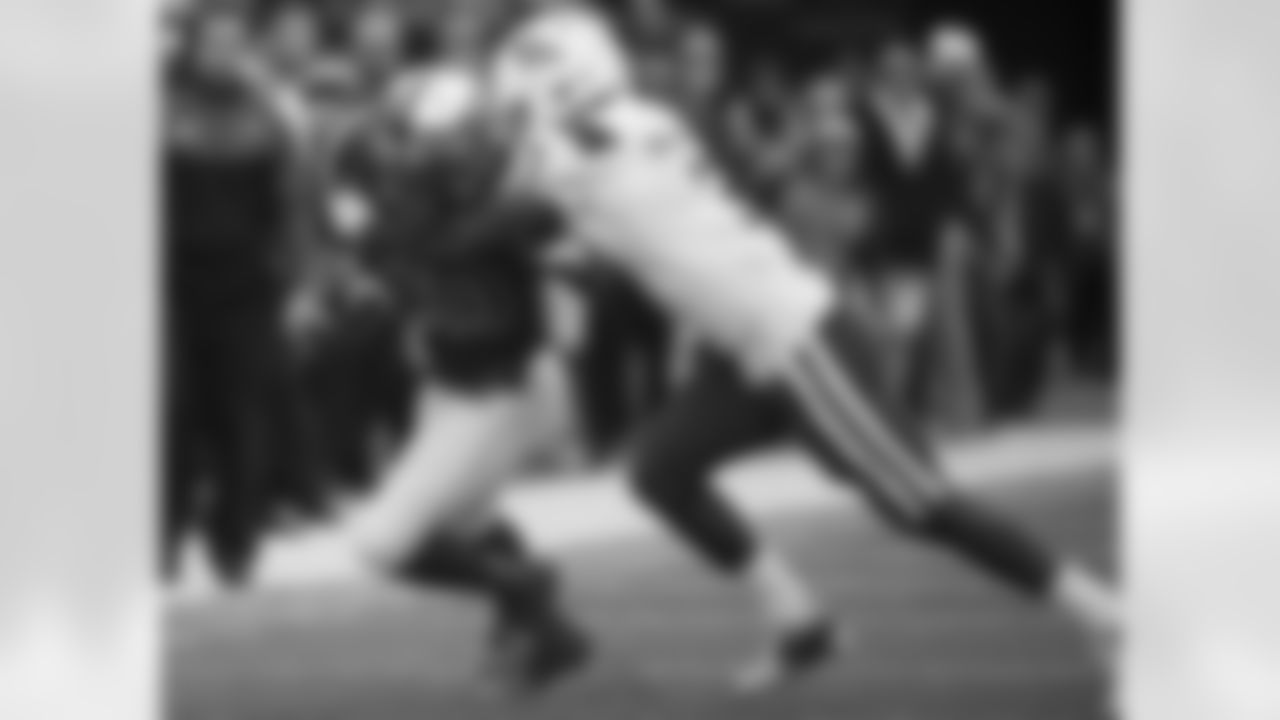
S Xavier Woods, Louisiana Tech
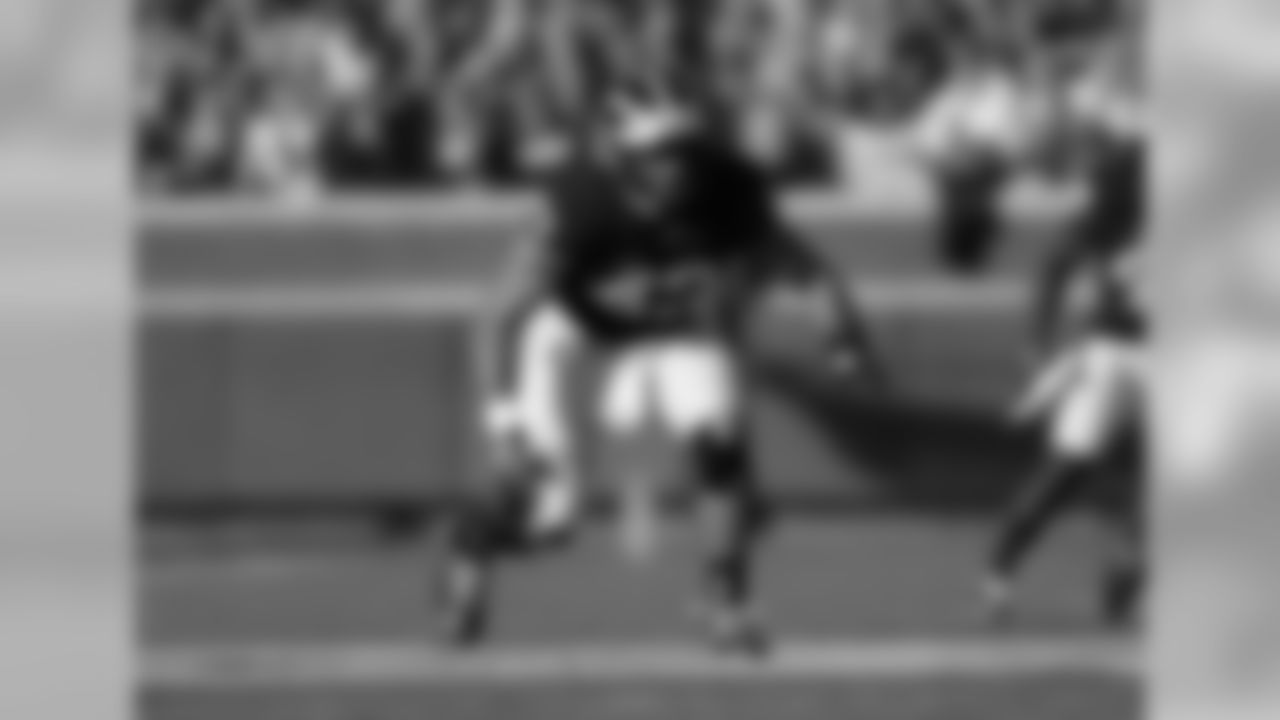
DE Chris Wormley, Michigan

Not pictured: Erik Austell, Billy Brown, Christopher Carson, Ethan Cooper, Rudy Ford, Conner Harris, Javarius Leamon, Cameron Lee, Corey Levin, Art Maulet, Avery Moss, Bradley Northnagel, Ezra Robinson, Eric Saubert, Adam Shaheen, Nate Theaker, Jerry Ugokwe, and Bobo Wilson
The NFL Scouting Combine will kick off on Tuesday and the Tampa Bay Buccaneers will have several dozen members of their football staff on hand in Indianapolis to take advantage of the week of in-depth player analysis.
VIEW: NFL COMBINE SCHEDULE
League representatives have been convening for this joint draft scouting opportunity since the early '80s, and they've been heading to Indy since 1987. These days, 330 NFL prospects are invited to the annual event, and media members attend in even greater numbers. It's become quite a show.
But even before the Combine became one of the NFL's high-profile events it was always good for generating news, behind-the-scenes anecdotes and – more often than not – hyperbole. Sometimes those stories have involved the Tampa Bay Buccaneers. Here are five of them.
1. Workout Warrior Helps Bucs Land Hall of Famer
The term "workout warrior" was coined to describe Boston College defensive end Mike Mamula, who took the Combine by storm in 1995…as planned.
After a relatively underwhelming career at BC, Mamula declared for the draft as a junior-eligible and then turned to trainer Mike Boyle to help him prepare for the various skills drills at the Combine. Boyle had previously helped raise the draft stock of several other players, including defensive tackle Eric Swann, who didn't play in college but nonetheless went from the semi-professional Bay State Titans to the sixth pick in the 1991 draft. The results in 1995 were dramatic, as Mamula dominated every drill and suddenly found himself as a hot first-round prospect.
Mamula's pre-Combine preparation – which has now become the norm – paid off as he was selected seventh overall by the Philadelphia Eagles. While the "workout warrior" label was considered largely pejorative for years, partially on the misguided notion that Mamula was a complete bust, he was able to fashion a decent five-year career with the Eagles, recording 31.5 sacks.
So why is this a Buccaneers Combine story? The key is what happened after the Mamula pick. The Eagles could have been a landing spots for Miami defensive tackle Warren Sapp, who might have been in the running for the first overall pick before some leaked pre-draft reports hurt his stock. Tampa Bay actually owned that seventh-overall selection before trading it to Philadelphia and moving down to #12. The Eagles passed in favor of Mamula and the Buccaneers let Sapp fall to them, ending up with a Hall of Famer as well as two extra picks in the second round (the Bucs gave a third-round pick back in the deal). Tampa Bay later used one of those acquired picks to package with another second-rounder and move back up into the first round, where it selected a second future Hall of Famer in linebacker Derrick Brooks at #28.
2. Bucs Flip Out of Number Three
The Buccaneers went to the playoffs in 2005 and 2007 but had a rough 2006 in between, dipping to 4-12. That tied Cleveland for the third worst record in the league, which meant a tiebreaker would have to be applied to see which club would pick third in the first round and which would pick fourth. The NFL only uses one method to break draft-order ties: strength of schedule, or the combined winning percentage of a team's full list of opponents the previous year. As happens relatively infrequently, the Buccaneers and Browns had the exact same SOS figure, which sent it to the second tie-breaking method, a coin flip.
The coin flip took place at the 2007 NFL Scouting Combine, a few months before the draft. General Manager Bruce Allen represented the Buccaneers and was actually the one who got to make the call. He chose heads; tails showed on top. Thus, Cleveland got to pick third and the Bucs fourth, though the two teams would alternate those spots in subsequent rounds.
In the end, it might not have mattered much. Oakland did as expected and took LSU quarterback JaMarcus Russell first overall. The Combine coin flip seemed to make it less likely that the Bucs could get their hands on prized receiver Calvin Johnson, but that became moot when the Lions selected the Georgia Tech star second overall. Both Cleveland and Tampa Bay then passed on Oklahoma running back Adrian Peterson. The Browns made an outstanding choice, it is now clear, in Wisconsin tackle Joe Thomas, but chances are that wasn't the Buccaneers' top target anyway. Tampa Bay had spent both its first and second-round picks on offensive linemen the year before.
Instead, Tampa Bay took Clemson defensive end Gaines Adams. Adams showed some promise in his first two years with a total of 12.5 sacks but was ultimately traded to Chicago in 2009 and, tragically, passed away from an undetected heart ailment after finishing that first year with the Bears.
3. D3 Prospect Makes Believers Out of the Buccaneers
The 2015 Scouting Combine was the Buccaneers' chance to watch the top two quarterback prospects, Florida State's Jameis Winston and Oregon's Marcus Mariota, working out on the same field at the same time. Tampa Bay had the first-overall pick in the upcoming draft and it was no secret they were targeting a potential franchise passer. The Buccaneers would eventually settle on Winston, who would become the first player in NFL history to throw for over 4,000 yards in each of his first two seasons.
At one point during the week in Indianapolis, General Manager Jason Licht sent this text to Buccaneers Co-Chairmen Bryan and Joel Glazer: "I just watched my favorite player."
Jameis Winston, right?
Not in this case. Licht sent that text not during the quarterbacks' day on the field but the previous afternoon, when the offensive linemen were taking their turn in the spotlight. And there were actually two more words that completed that text: "I just watched my favorite player, Ali Marpet."
Marpet was an intriguing prospect out of a Division III program, Hobart. He had first come to the attention of area scout Andre Forde, who had recommended the Buccaneers take a closer look. They did so at the Senior Bowl in Mobile, Alabama in January and had indeed liked what they witnessed.
"So the first time I saw him was at the Senior Bowl, and I was extremely impressed," Licht later said. "He didn't just hold his own, he was impressive doing it. He looked very good. He looked like he came from a football factory. I'm saying to myself: 'He's big, he's athletic, he's smart, he's tough. What's not to like?' The only knock you put on him was that he played Division III.
Photos from G Ali Marpet's 2016 campaign.











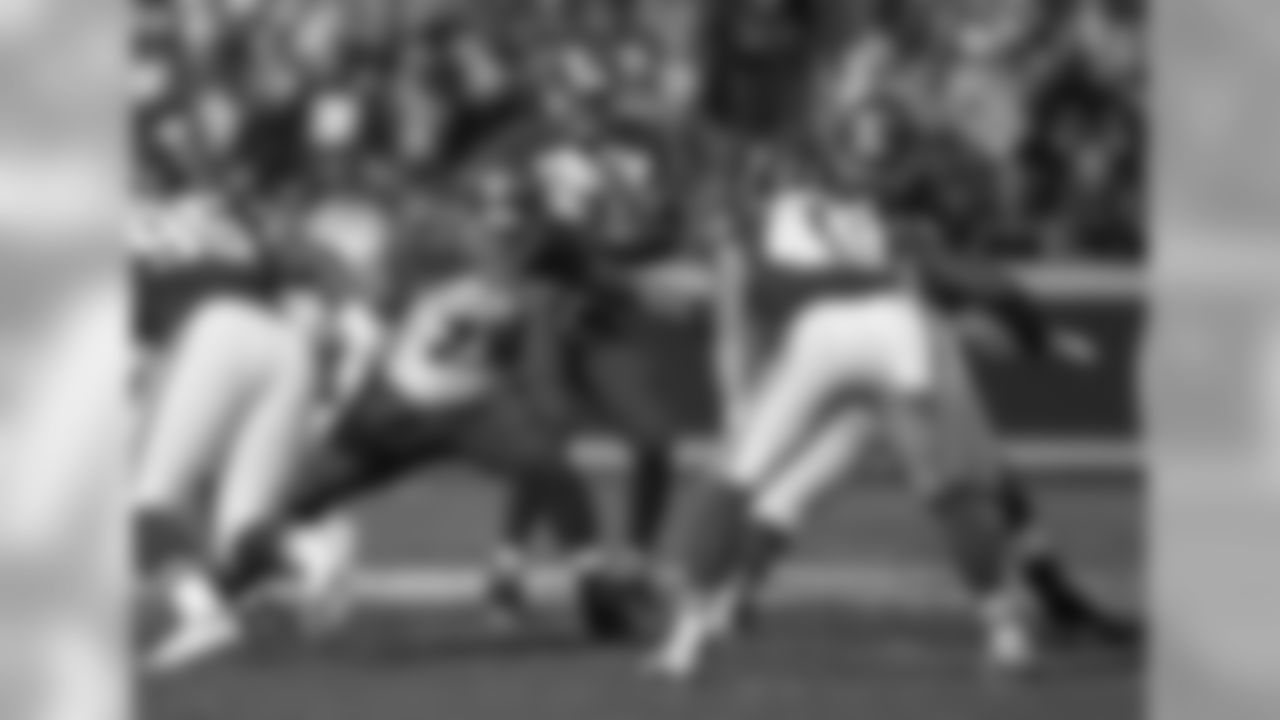



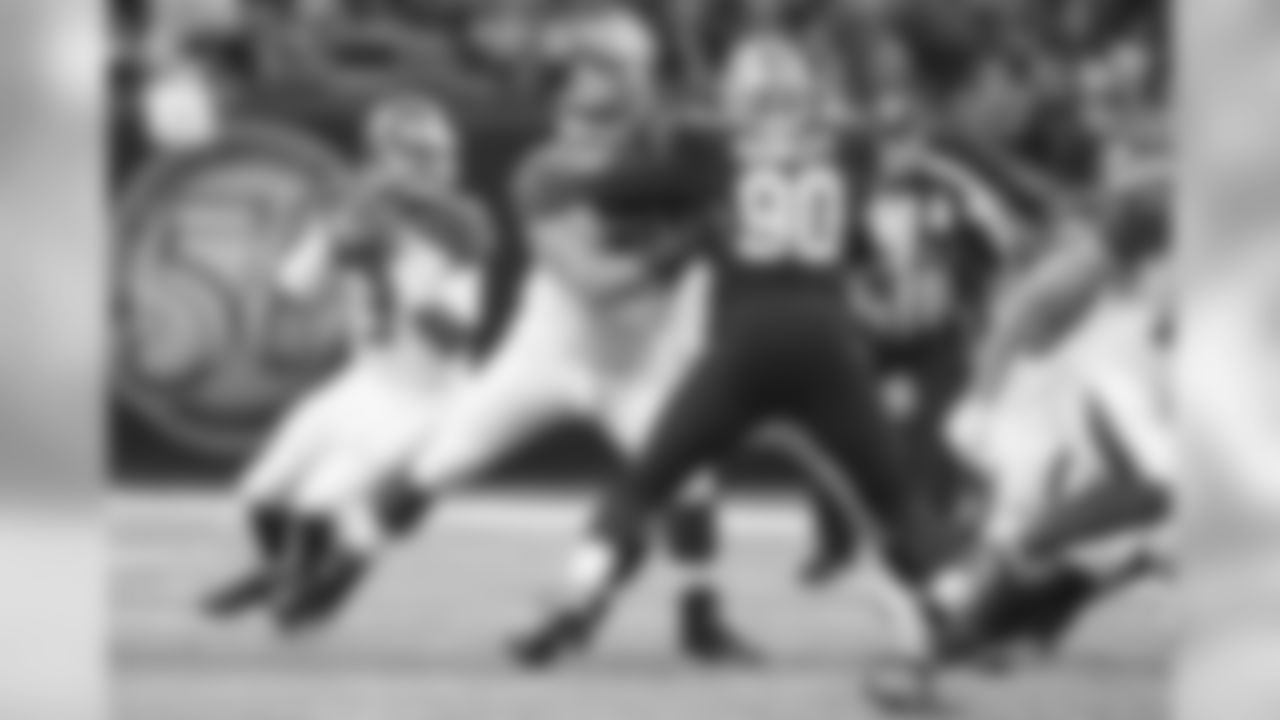




"You still had reservations – was he just a one-week wonder?"
So the Combine was a big moment for the Buccaneers and their burgeoning love affair with Marpet. He did not disappoint, either on the field at Lucas Oil Stadium nor later in private interviews.
"He just blew it out," said Licht. "He had a great workout. You don't want to put everything into one workout, but it was all starting to add up. The Senior Bowl practices versus top competition. Then he goes to the Combine and you find out he's a great kid, perfect. He reminded me of the offensive linemen who have been so successful with the Patriots – Logan Mankins when he was coming out, Joe Andruzzi, Stephen Neal – all these guys who were successful in New England. He had that kind of presence about him and that mindset, that toughness, that intelligence."
The Buccaneers were sold, enough so that they traded up into the bottom of the second round to make sure they didn't miss out on Marpet. So far, the returns have been excellent. Despite making that rather dramatic transition from Division III to the NFL, Marpet was a Day One starter at right guard and after two seasons he looks like a future Pro Bowler on the Bucs' offensive line.
4. Small School Receivers Fail to Pan Out
Not every foray into the lower levels of college football has worked out for the Buccaneers as well as the Marpet pick. In two cases during the 2000s, the team took a chance on smaller-school wideouts and came up empty, and the Combine played a part in both cases.
The 2008 NFL Draft was an unusual one in that the first one came and went without a single receiver being selected. That year's class of wideouts was considered relatively deep at the middle tier, without any real first-round standouts. As it turned out, a whopping 10 receivers would come off the board in Round Two, with the Buccaneers picking the last of those, Appalachian State's Dexter Jackson.
In the long run, Jordy Nelson (#36 to Green Bay) and DeSean Jackson (#49 to Philadelphia) have been the best finds among those 10. A few, such as Malcolm Kelly (#51 to Washington) and Limas Sweed (#53 to Pittsburgh) failed to pan out. Jackson, however, proved to be the biggest bust, never catching a single pass in the NFL and lasting just one year in Tampa. The Bucs thought he could make an immediate impact as a return man, but he lost that job at midseason to eventual Pro Bowler Clifton Smith.
Jackson's work at the Combine most likely helped convince the Buccaneers he could make the jump from Appalachian State to productive NFL player. Specifically, Jackson led all receivers that year with a 4.27-second time in the 40-yard dash. In his case, speed was not enough on the next level.
Three years earlier, the Buccaneers had used a fifth-round pick on Pearl River Community College wide receiver Larry Brackins, who had been the first junior college player ever invited to the NFL Scouting Combine. Brackins was big (6-4, 205) and he had looked like a man among boys at Pearl River. The funny thing is, Brackins did not light it up in Indianapolis. His 40 time was a disappointing 4.65 and the only category in which he rated as above average among that class of receivers was something everyone already knew, his height. Brackins fared poorly in the broad jump and the shuttle run, as well.
The Buccaneers bit anyway and ended up with a wasted pick. Brackins didn't make the team and never surfaced in the NFL.
5. Number 40 Nails the 40
The 1996 season was Tony Dungy's first at the Buccaneers' helm, and it was no surprise that he and General Manager Rich McKay spent both of the team's first-round picks on defensive players that year. The Bucs were rumored to be interested in Purdue fullback Mike Alstott but instead went with Cal defensive end Regan Upshaw at #12 and North Carolina defensive tackle Marcus Jones at #22.
Tampa Bay's interest in Alstott was real, however. Fullbacks essentially never get drafted in the first round, but the Purdue product was a tailback trapped in a fullback's body, one with amazing balance, power and will. The Buccaneers eagerly snapped him up five picks into the second round. Alstott went on to make six Pro Bowls, span a generation of diehard A-Train fans in the Bay area and have his name emblazoned on Raymond James Stadium as part of the team's Ring of Honor. He is Tampa Bay's all-time leader in touchdowns by a wide margin and is also the franchise's second-leading rusher.
NFL scouts liked almost everything they saw on Alstott's tape from Purdue. The one facet of his game that remained a question mark in their reports was his raw speed. Alstott knew this and, long before Mamula's example led to a cottage industry of preparing prospects for the Combine, he started making two trips a week to a training center called Acceleration in (coincidentally) Indianapolis. This went on for more than two months. Each time he would drive an hour to the facility, work out, stay in a motel next door, work out again the next morning and then drive an hour back to campus to get to his classes on time.
"It was a lot of treadmill work and a lot of explosive movements to prepare for the 40," he said years later. "That's all anybody talked about – 40, 40, 40, 40, 40. So that's what I concentrated on."
When Alstott finally went back Indy for the actual Combine, he nailed that 40-yard dash, putting up a time of 4.65 seconds. Given the rest of his skill set, that was more than good enough for the scouts…and, obviously, for the Buccaneers.





















